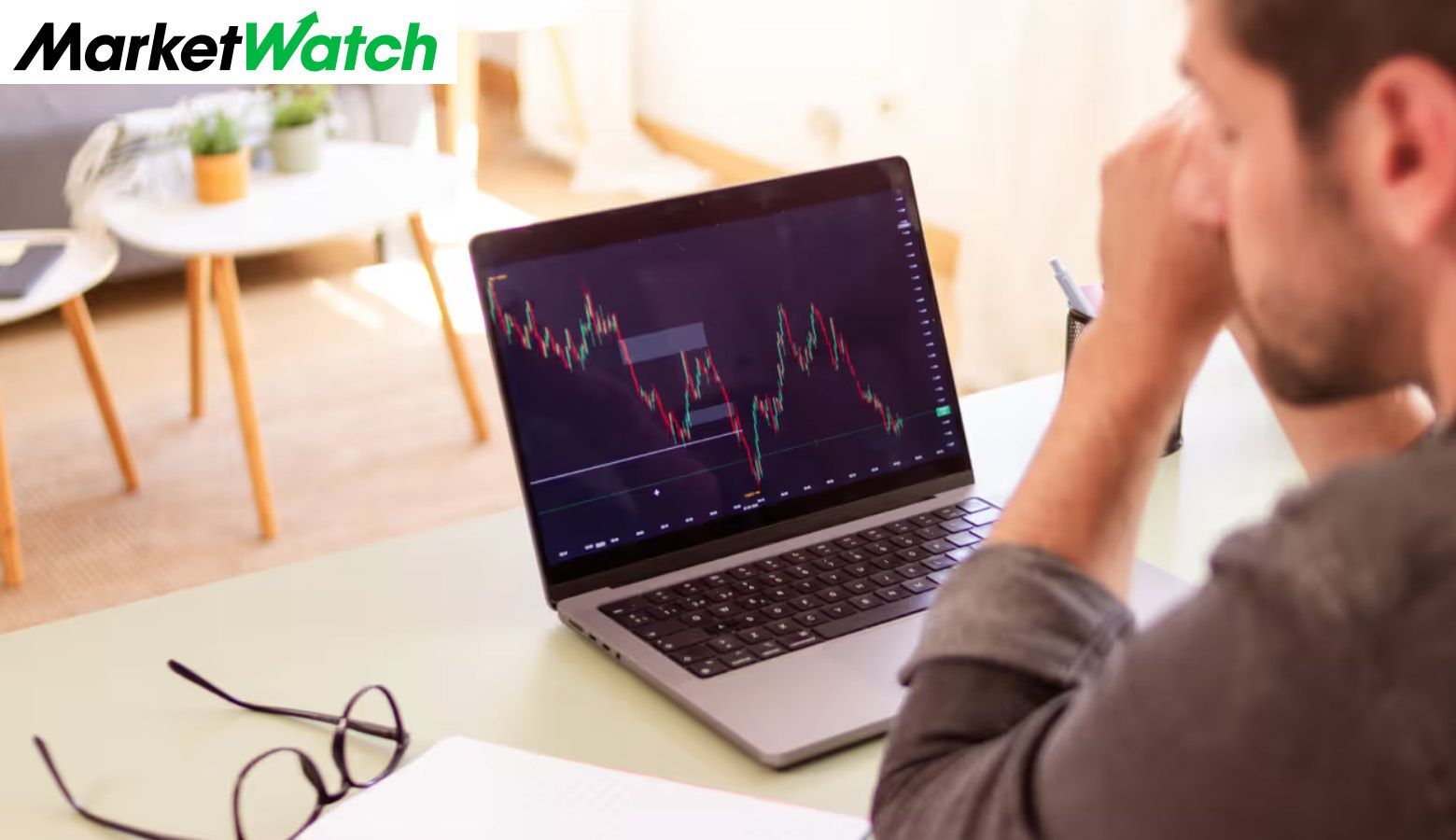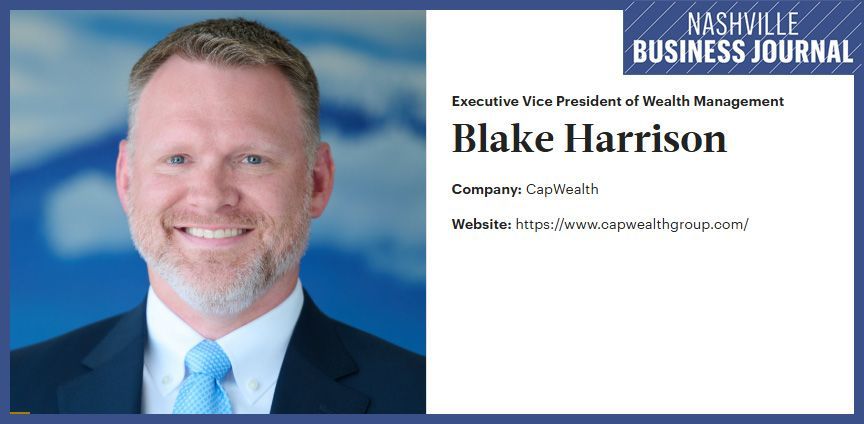Why ETFs could be millennial investors’ BFF
March 22, 2016
If you read this column, you’re aware that people of my generation, the millennials, have not invested like previous generations. Having come of age during turbulent economic times, they have been skeptical of Wall Street and of advisers, and also not felt financially secure enough to earmark income for investing. Of those millennials that are investing, many of them are squarely in the “I-can-do-it-myself” camp.
Prioritizing values over value
When it comes to picking investments, these DIYers tend to think more about the values they share than the value of shares. “They [millennials] like the idea of investing in what matters to them,” says StashInvest CEO and cofounder David Ronick, whose Stash app helps users choose investments based on personal values. Stash offers only exchange-traded funds (ETFs), which isn’t surprising, since there are ETFs for just about any and every taste.
What are ETFs?
ETFs are marketable securities — financial instruments easily convertible to cash — that track an index, a commodity, bonds or a basket of assets. While that may sound very similar to mutual funds, with which they do share some attributes, the biggest difference is that they trade intraday like individual stocks; mutual funds do not. The first American ETF was launched in 1993, and they have really proliferated in the last 10 years. Last year set the record for the number of new ETFs created — 266. There are active and passive ETFs. Passive ETFs are meant to mimic an index — an imaginary portfolio of securities representative of a particular market or portion of it, such as the Standard & Poor’s 500 (S&P 500) — and are not intended to beat that index’s return. These ETFs have low expense ratios. Active ETFs, on the other hand, employ a portfolio manager who selects the securities to be included based on an investment strategy and with the goal of beating a specific benchmark (a standard against which to compare your performance, often an index such as the S&P 500). Active ETFs are not nearly as popular as passive ones, and only came about seven years ago.
The first millennial-focused ETF
According to ETF.com, Global X filed for the first millennial generation-focused ETF in December. Its strategy? To invest in technologies and trends that are popular among millennials. Due to the SEC registration period rules, Global X has not publicly commented on the new millennial generation-focused ETF. But, if I had to take a guess, I would imagine Apple, Facebook, Netflix, GoPro, Alphabet, Twitter and FitBit are among its holdings.
As always, with any investment, there are many factors to consider when determining a plan that will best help you achieve financial security. A tool like Stash is an excellent way to dip your toe into the world of investing. As your ability to invest grows, however, I strongly suggest talking to a financial adviser. There are trustworthy ones out there who provide great guidance, I promise!
Jennifer Pagliara is a financial adviser with CapWealth Advisors LLC and a proud member of the millennial generation. Her column, which appears every other Saturday in The Tennessean, speaks to her peers and anyone else that wants to get ahead financially. For more information about Jennifer, visit www.capwealthadvisors.com.













